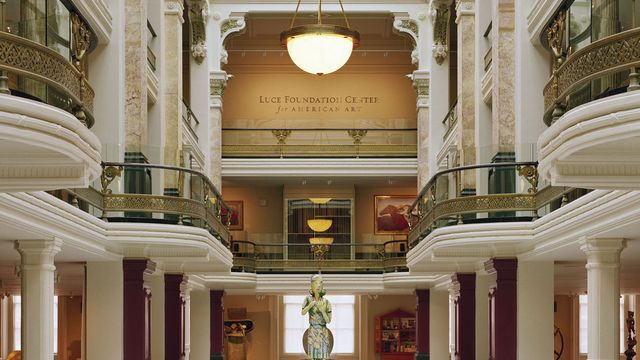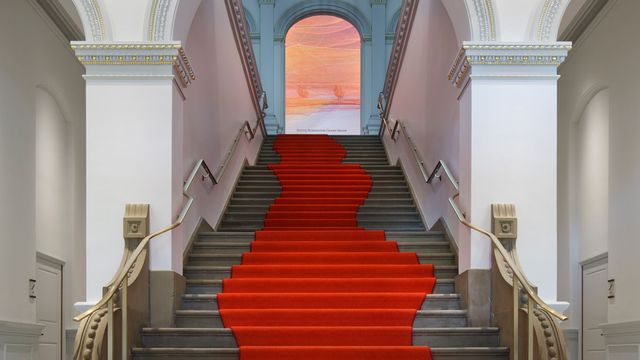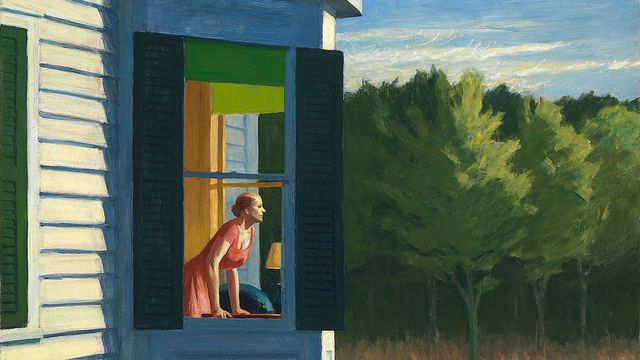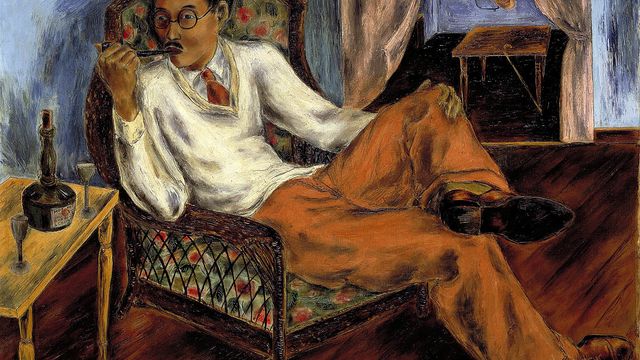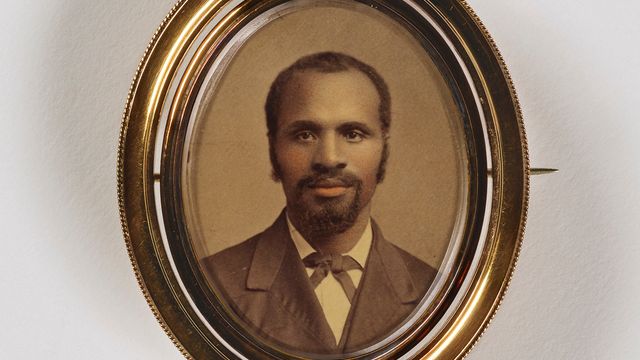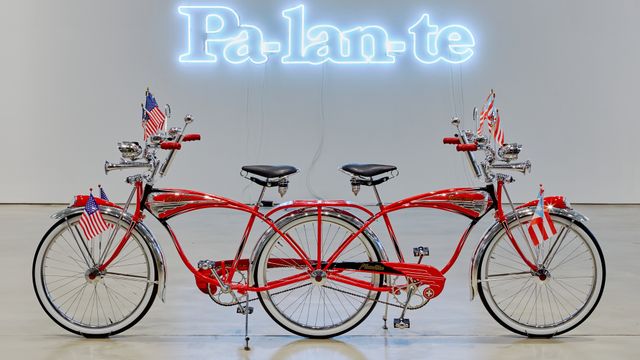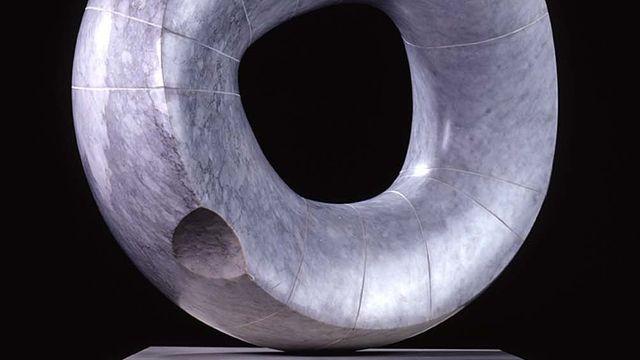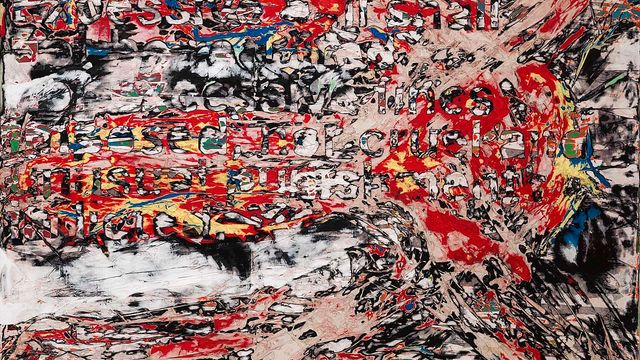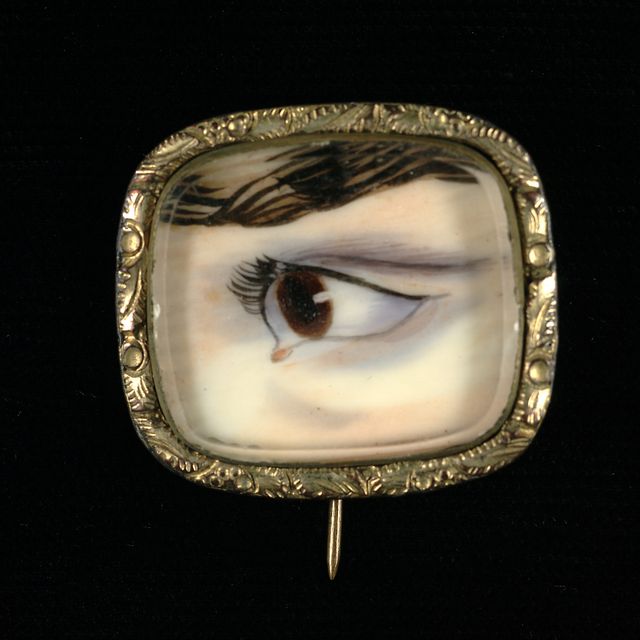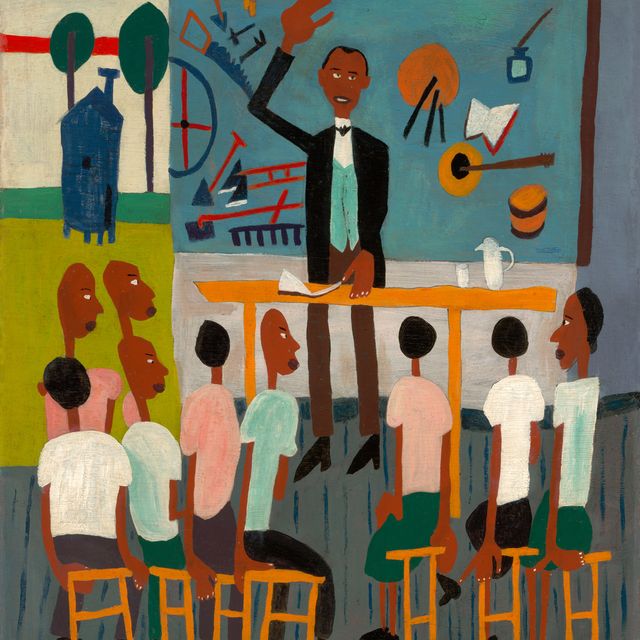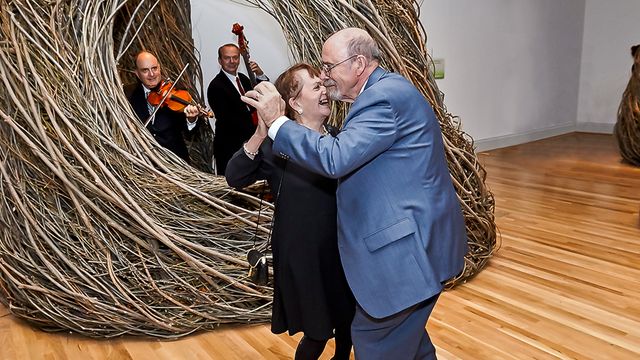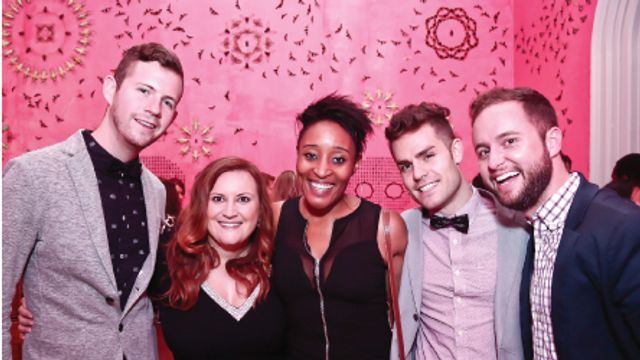Artwork Details
- Title
- Buffalo Dancers
- Artist
- Date
- ca. 1930-1940
- Location
- Not on view
- Dimensions
- sheet: 11 x 14 in. (28.0 x 35.6 cm)
- Credit Line
- Corbin-Henderson Collection, gift of Alice H. Rossin
- Mediums
- Mediums Description
- watercolor and ink on paper
- Classifications
- Subjects
- Object — weapon — bow and arrow
- Ceremony — dance — Buffalo Dance
- Dress — ceremonial — Indian dress
- Indian
- Figure group — male
- Object Number
- 1979.144.45
Artwork Description
The paintings of Awa Tsireh (1898-1955), who was also known by his Spanish name, Alfonso Roybal, represent an encounter between the art traditions of native Pueblo peoples in the southwestern United States and the American modernist art style begun in New York in the early twentieth century. The son of distinguished potters, Awa Tsireh translated geometic pottery designs into stylized watercolors that feature the ceremonial dancers and practices of Pueblo communities. But Awa Tsireh's work is more than an amalgam of traditional and modernist design. At a time when the U.S. Office of Indian Affairs attempted to restrict Pueblo cultural and religious practices, the watercolors of Awa Tsireh and other Pueblo artists helped to affirm the importance of ceremonial dance and tirual to cultural survival.
Awa Tsireh's paintings quickly found an audience among the artists, writers, and archaeologists who descended on Santa Fe in great numbers in the late 1910s and 1920s. Painter John Sloan and poet Alice Corbin Henderson took a particular interest and arranged for his watercolors to be exhibited in New York, Chicago, and elsewhere. Henderson shared with the young Pueblo painter books on European and American modernism and Japanese woodblock prints, as well as South Asian miniatures and ancient Egyptian art that provided soure material for his stylized paintings. In this way, he redefined contemporary Pueblo art and created a new, pan-Pueblo style.
The paintings in this exhibition were donated to the Smithsonian American Art Museum in 1979 by the Hendersons' daughter, Alice H. Rossin.

